
 Data Structure
Data Structure Networking
Networking RDBMS
RDBMS Operating System
Operating System Java
Java MS Excel
MS Excel iOS
iOS HTML
HTML CSS
CSS Android
Android Python
Python C Programming
C Programming C++
C++ C#
C# MongoDB
MongoDB MySQL
MySQL Javascript
Javascript PHP
PHP
- Selected Reading
- UPSC IAS Exams Notes
- Developer's Best Practices
- Questions and Answers
- Effective Resume Writing
- HR Interview Questions
- Computer Glossary
- Who is Who
How to Reset a MacBook Pro?
Do you sometimes feel that your cherished MacBook Air or Pro can perform better? Do you find that no matter how hard you try, you can't find a solution for your trouble? If you don't want potential buyers to see any of the information stored on your MacBook before you sell it, you must clear the data before selling it. If you are experiencing issues with your MacBook or another Mac, you can follow the methods outlined in our extensive reset guide.
You will find step-by-step instructions from the manufacturer that will walk you through resetting your MacBook (or iMac) to its original, unblemished condition. Those working with macOS Big Sur or any older version of the operating system should be able to follow the procedures that are presented in the following guide (with some minor adjustments depending on your specific hardware).
Before moving forward, check that you have a recent backup copy of your files. Before you reset your MacBook, ensure you have signed out of all your accounts, including iMessage, iCloud, and any others you may have. Are you anxious about the confidentiality of your information? Ensure you have completed all of the precautions after this post before erasing everything on your MacBook and starting over.
Resetting Your MacBook Air or Pro to Factory Settings (macOS Ventura)
Step 1 ? Access the desktop's System Preferences by clicking the Apple symbol. In the drop-down menu that appears, select Transfer or Reset. Select the option to Delete all data and configurations. A helper window will pop up, and if you want to save any data, you can start by selecting the option to make a Time Machine backup.
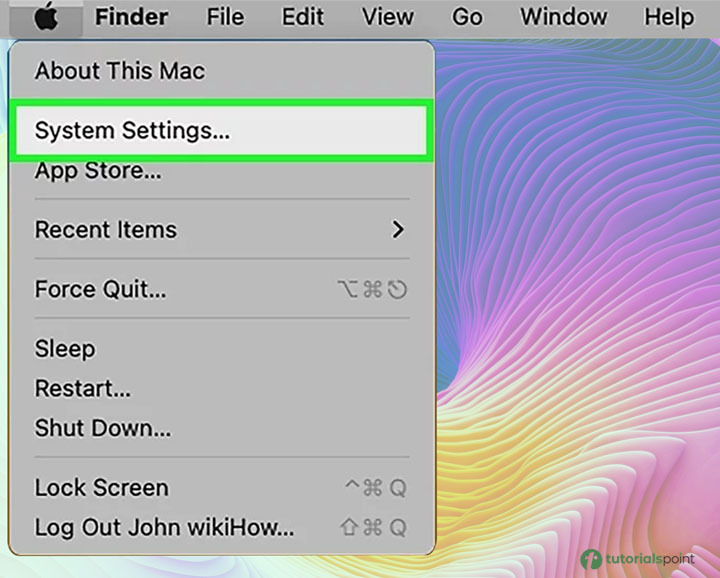
Step 2 ? If you do not wish to make any backups, you may proceed to view the data that will be removed from your device by clicking the Continue button. Once you've decided to erase everything, you can click Continue again.
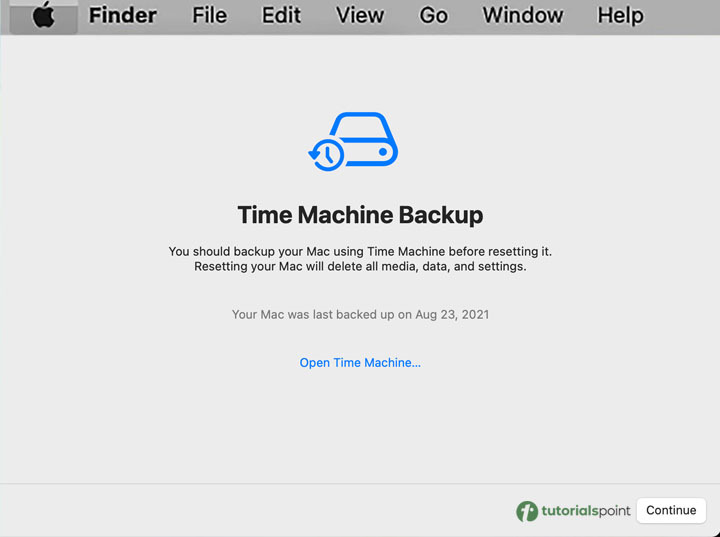
Step 3 ? You'll be prompted to sign in with your Apple ID and shown another dialogue box to confirm the reset. If you are confident, select Erase All Content & Settings and give the laptop a few minutes to reboot and fix itself.
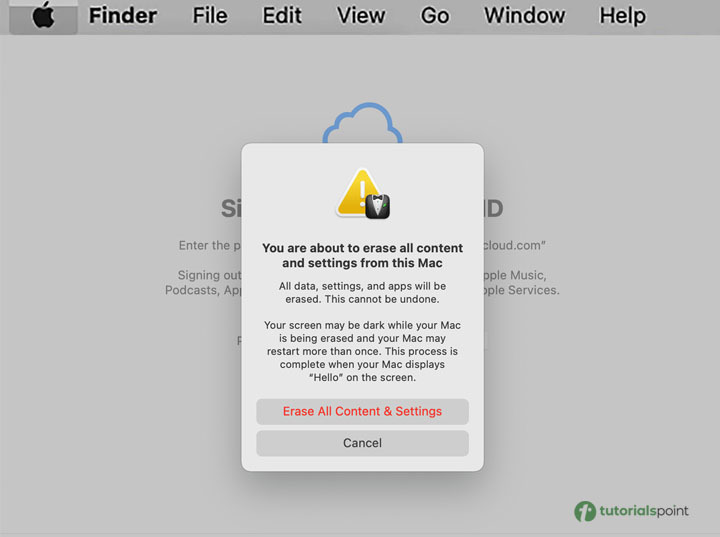
Step 4 ? Your Mac will reset and require a Wi-Fi connection to be re-established. To do this, select the Wi-Fi symbol located at the top right. The Mac will begin operating. Restart the procedure by selecting the Restart button.
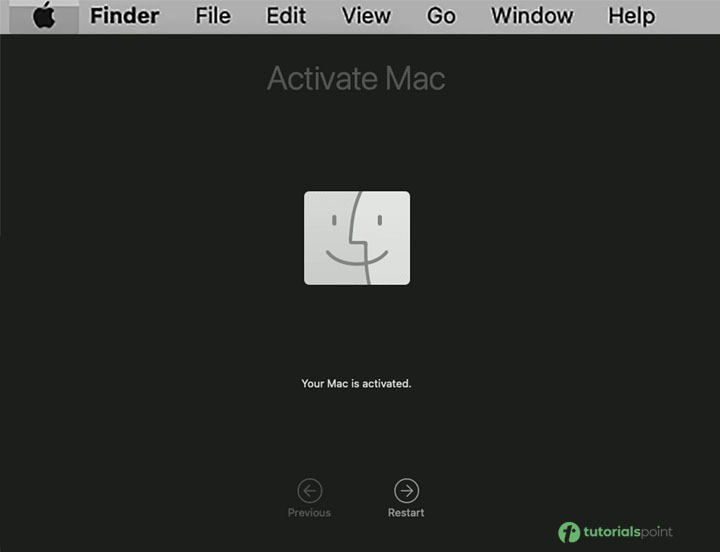
Resetting Your MacBook Air / Pro to Factory Settings (older versions of macOS)
Step 1 ? Power on the Mac while holding down the Command and R keys. When the Apple logo appears, you can let go, select your language, choose Disk Utility, and click Continue. From the drop-down menu, select your primary startup disk (by default, Macintosh HD), and then click the Erase button.
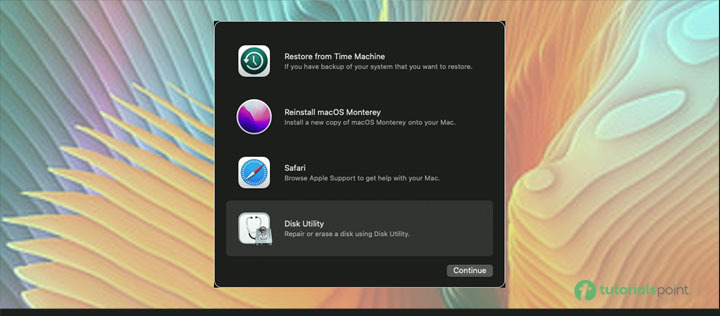
Step 2 ? Select Mac OS Extended (Journaled) from the drop-down menu, give the disc a new name, and then click Erase. Select "Journaled, Encrypted" if you want to add an extra layer of protection to your CD. You'll need to make up a password for this. Make use of a GUID Partition Map.
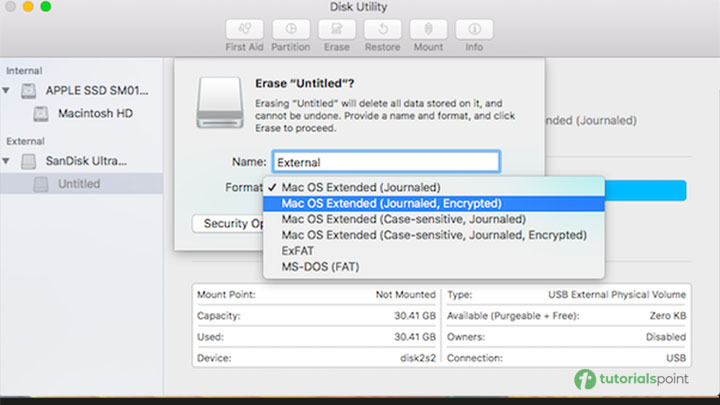
Step 3 ? Click the "Erase" button, then "Done," and then "Exit" to close the window. Connect your Mac to a wireless network by clicking the Wi-Fi icon in the top right If you haven't done it before.
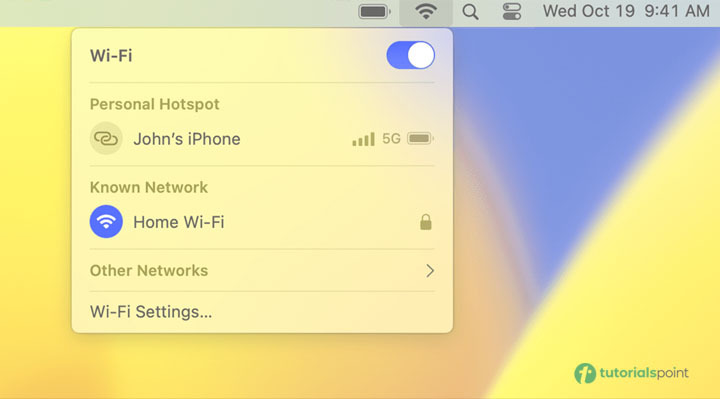
Step 4 ? Select Reinstall macOS from the main menu and click Continue. In the open new window, click Continue, read the software licensing agreement, and select I Agree.
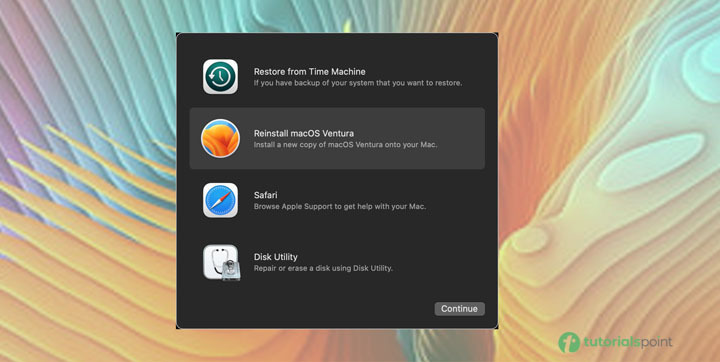
Step 5 ? Select a disc to use as a starting point, then click Install. Stay patient while you await the installation's initial phase. (Now would be an excellent time to get up and move around a bit.). After restarting, the installation process will proceed normally.
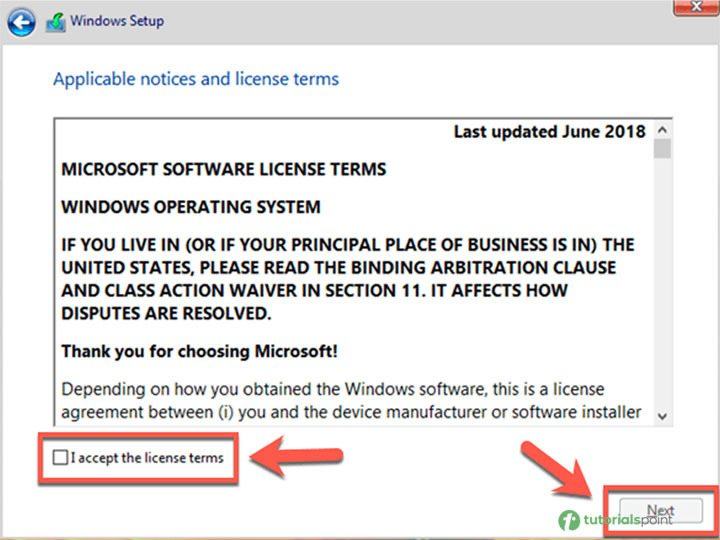
Preparations to Make Before Resetting Your MacBook
You should be aware that there are specific measures you need to take before actually conducting the reset, even though the advice given primarily focuses on how to reset the device itself. If you ensure that you adhere to these recommendations, you won't need to be concerned about the possibility of your data being lost when you upgrade to a new MacBook.
The following is information to remember if you consider erasing everything on your MacBook Air or MacBook Pro hard disc.
Ensure that you save work on your Mac first. It is appropriate for you to place a strong emphasis on this process. By creating backups consistently, you can ensure the safety of your most vital data. When you perform a factory reset, it will delete any information stored on the device.
Signing out of iTunes will end your use of the program. To revoke access to this machine, navigate to Account> Authorizations > Deauthorize on your Account's navigation bar. If you are already operating with the most recent version of macOS, you can skip over this step.
Signing out of iCloud will end your session. You can access System Preferences via the Apple menu, which can be used to gain access to your Apple ID. Choose iCloud from the Find my Mac menu in the auxiliary panel. After that, choose to sign out of your Account and click on Overview.
Signing out of iMessage is the way to exit the app. Launch Messages, then navigate to the Options menu to configure your preferences. To log out of iMessage, select the Sign Out option.
Keep your Bluetooth devices in separate rooms. Choose Bluetooth from the list of options under System Preferences on the Apple menu. Disconnection options are available for Bluetooth devices such as keyboards, headphones, and speakers in this particular location.
The user can return any Mac machine, including a MacBook, to its original settings using the Reset button.
Conclusion
If you decide to sell your computer now, you can rest sure that the new owner will not be able to access any of your data or programs. If you decide to sell your computer, you may do so with complete peace of mind. To re-access the desktop, you must go through the same procedures as resetting your MacBook.

